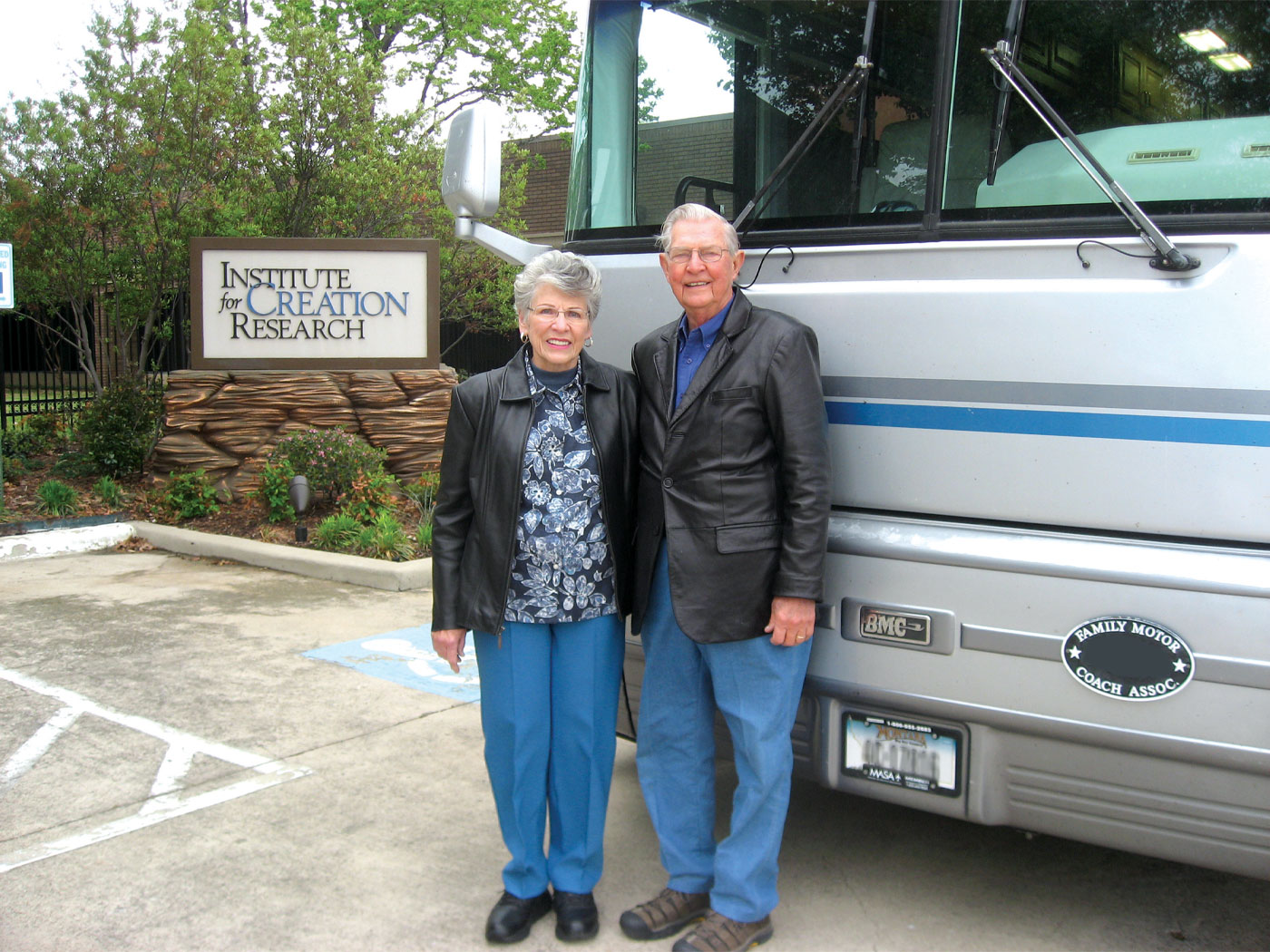The evolutionary story holds that nature favors efficiency in hunting and movement, but it turns out that cats contradict that concept.
In a report appearing in the research journal Public Library of Science (PLoS), Duke University anthropology professor Daniel Schmitt found that dogs chase prey efficiently, but cats stalk their victims, using movements that are less energy efficient.1 He and his colleagues studied the walking gaits of mammals, including dogs and humans, both of which conserve energy by exchanging the potential vertical movement of the center of mass for lateral kinetic motion. This exchange effectively reduces the muscular work involved by up to 70 percent, something Schmitt called “an evolutionary miracle in my view.”2
Theoretically, nature should have produced and preserved the most efficient modes of locomotion, but Schmitt said in a Duke University press release, "We've found that's too simple a way of looking at evolution, because there are some animals that need to operate at high energy cost and low efficiency."2
Instead of relying on efficient running, cats are especially suited for carefully creeping up on their prey, which is a less economical use of muscular energy. But if dogs don’t need to function this way, then why do cats? Perhaps dogs’ and cats’ specific capabilities arose not because nature selected them, but because they were intentionally made to accommodate the integrated muscular and nervous capacities of different modes of locomotion. Thus, while dogs might chase prey for long distances, cats were designed to stalk and pounce. Each distinct mode is functional, each represents a different design approach to solving the problem of catching prey, and neither shows signs of having evolved.
The authors of the PLoS study concluded that for cats, this “tradeoff [between stealth and efficiency] highlights the complex and conflicting pressures that may govern the locomotor choices that animals make.”1 But animals did not choose their modes of locomotion any more than humans “chose” nervous systems that allow them to acquire and process higher information. According to evolutionary thinking, cats “counterintuitively” developed into creatures that compromised or traded efficiency of gait for stealthy crouching. However, this is not counterintuitive to the creation model, within which it makes perfect sense that a Creator would have especially equipped different basic kinds of creatures with such different yet functional modes of locomotion.
References
- Bishop, K., A. K. Pai and D. Schmitt. 2008. Whole Body Mechanics of Stealthy Walking in Cats. Public Library of Science One. 3 (11): e3308.
- Dogs Chase Efficiently, but Cats Skulk Counterintuitively. Duke University press release, December 3, 2008.
* Mr. Thomas is Science Writer.
Article posted on December 11, 2008.







